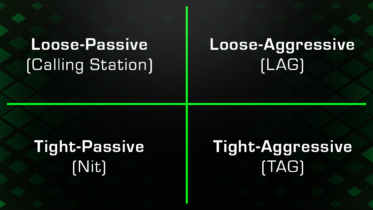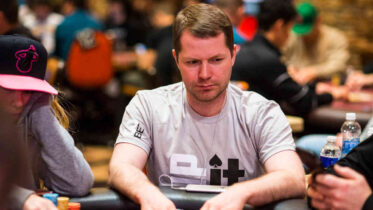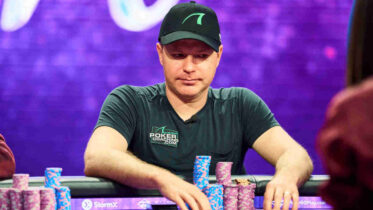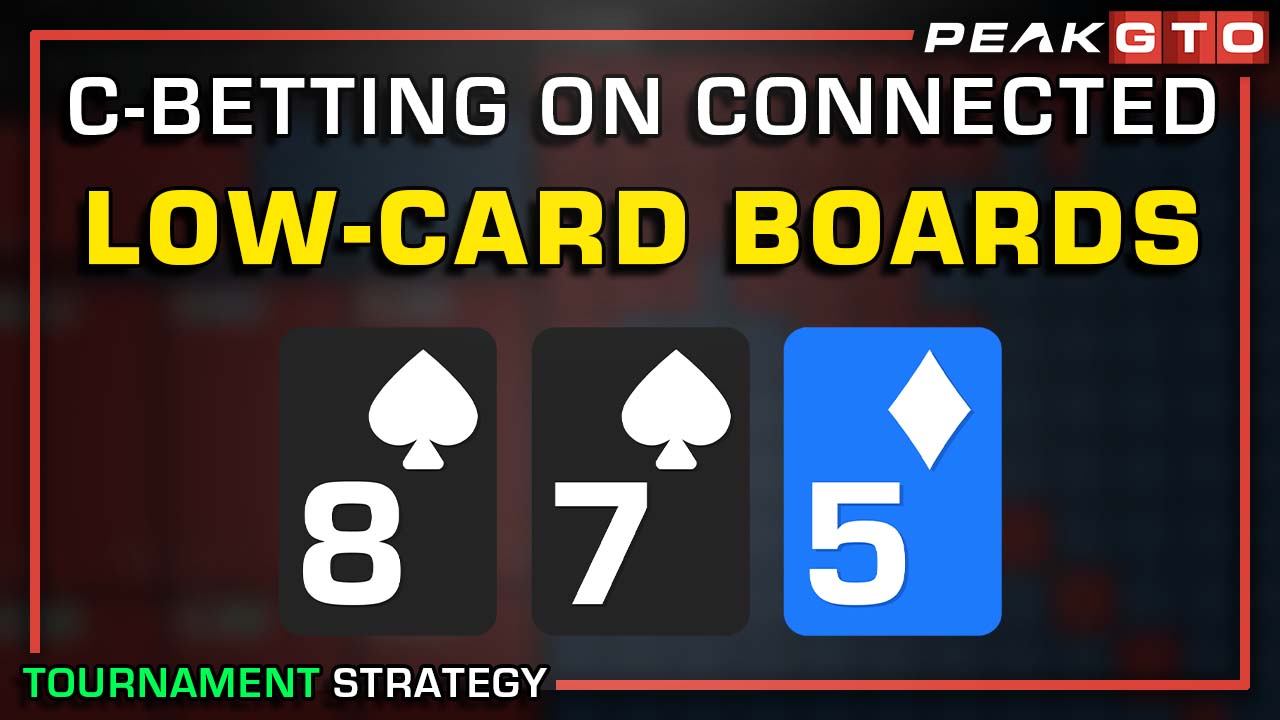Someone once said that poker is a game that takes a day to learn and a lifetime to master, and those words could hardly be truer, as poker is constantly evolving. Unlike many other games in which perfect plays in certain situations can be easily determined, poker is a game with many variables, and the right play can differ depending on the opponent you are facing and other factors. For that reason, players have developed many poker playing styles over the years, and most of them have had success in some forms of the game.
If you are going to play poker seriously, you will need to be aware of all the different approaches players take. You want to know what your opponents are doing and why.
For that reason, we are going to examine all the popular playing styles in poker and describe how they differ from each other, as well as how one might exploit them.
- What Makes a Poker Playing Style?
- Tight-Aggressive Poker Playing Style – TAG
- Loose Aggressive Poker Playing Style – LAG
- Extremely Loose Aggressive Poker Playing Style – Maniac
- Loose Passive Poker Playing Style – Calling Station
- Tight Passive Poker Playing Style – Nit
- Modern GTO Poker Playing Style
- What’s the Best Playing Style Today?
What Makes a Poker Playing Style?
Generally speaking, two major factors influence all poker playing styles: a player’s level of involvement in pots and a player’s aggression.
We can distinguish between tight and loose players when it comes to a player’s involvement and between passive and aggressive aggression when it comes to aggression.
Of course, there are many levels to each of those, and finding the right level of aggression to apply in a certain game and adjusting your voluntary involvement in pots is what makes a truly great poker player.
Playing on the tighter side and quite aggressively is generally the best poker strategy, but there are games in which playing looser and even more passively can be the right approach.
In either case, all the major poker playing styles are a mixture of these four, so we are going to go over some of the most common ones you will encounter in real games and explain the main perks and downsides of each of them in some detail.
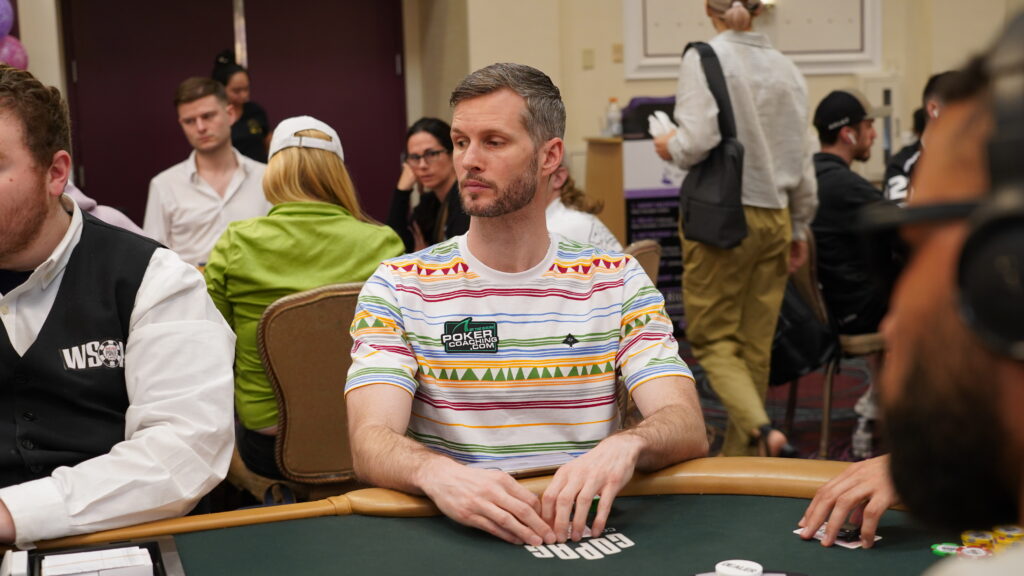
Each poker player has a different play style, making it critical you track how they play.
Tight-Aggressive Poker Playing Style – TAG
If you were forced to choose one style and stick to it for the rest of your life, tight-aggressive (TAG) is probably the one you would want to pick.
TAG is the playing style that most regular players nowadays use. It strives to find some balance and fully utilize the good starting hands while avoiding playing the bad ones.
Players playing a TAG style usually don’t play more than 20% of all hands they are dealt, but they tend to be quite aggressive with the ones they choose to play with.
A TAG player is usually more likely to re-raise you than just call your bet or raise and is likely to keep betting once he starts, putting a lot of pressure on your hand.
When playing against TAGs, you will not want to get too out of line. While bluffing is more than acceptable, you will want to do so at appropriate frequencies, or you will get overrun.
A TAG’s range is not made up of a bunch of random hands but is always thoughtfully constructed with careful consideration of position, stack sizes, previous actions, and other relevant factors.
If you are seated at a table with too many TAGs, you are probably seated at the wrong table, as you are unlikely to exploit these players too much.
The best way to adjust your play against these players is to adopt a similar strategy yourself. Play your big hands and strong bluffs equally aggressively and avoid making too many elaborate bluffs that a mindful player might pick off.

Most poker pros, like myself, align with a TAG playing style.
Loose Aggressive Poker Playing Style – LAG
While the loose-aggressive poker playing style may sound the opposite of tight-aggressive, it does not necessarily produce the opposite results.
While many loose-aggressive poker players are big losers, some of the world’s best poker players also incorporate a form of loose-aggressive poker strategy.
As you have probably guessed, a LAG player plays a lot of hands from various positions but plays them aggressively and takes the initiative when he gets involved in hands.
LAG players can be extremely difficult to play against. They play just as aggressively as TAGs but are involved in a lot more pots.
Having a LAG sitting to your left can be a nightmare, as your raises are often re-raised, and you are left having to play big pots out of position over and over again.
However, in order to play the LAG style profitably, a player must possess an incredible amount of poker skills that will allow them to navigate all the betting streets and make some huge decisions correctly over and over again.
If you find yourself playing at a table with a LAG, the best thing you can do is try to sit to their left. This will allow you to play many pots with them in position, control the size of the pots, and exploit their excessive aggression.
When faced with a LAG player, you can also tighten up yourself if you don’t feel comfortable playing too many hands against a wide range and simply play when you have the goods in a very aggressive manner, making big bets and often raising your strong holdings.
It is very important to make the distinction between a TAG and a LAG on time, as all your postflop decisions will be directly affected by how wide a player’s preflop range actually is.
Extremely Loose Aggressive Poker Playing Style – Maniac
The next poker style worth mentioning is an extreme version of LAG. Poker players often describe players who play this style as maniacs, and these players are almost always the big losers in the games.
A maniac is a player who plays a VPIP of over 50%, raises and re-raises almost every time the action is on him, and makes big bets regardless of whether he has it or not.
Players who use this playing style can sometimes be hard to play against, as they are notoriously difficult to put on a range of hands. However, in the long run, these players usually walk away from the table without chips and with a good story to tell.
You can adjust your strategy when playing maniacs in several ways, and they all work quite well in such scenarios.
One way to adjust is to play a tighter range yourself and make bigger raises and bets when the maniac is involved. They are almost never going to fold to you, especially on early betting streets.
Another way to play a maniac, especially in position, is to call a lot of their raises and hardly ever give up when you make a top pair or better, as the maniac is likely to stack off with just about anything.
Patience and willingness to keep playing despite any unlucky losses are key against these players, as is maintaining composure and not letting yourself fall into the trap of playing like a maniac yourself when you face one.
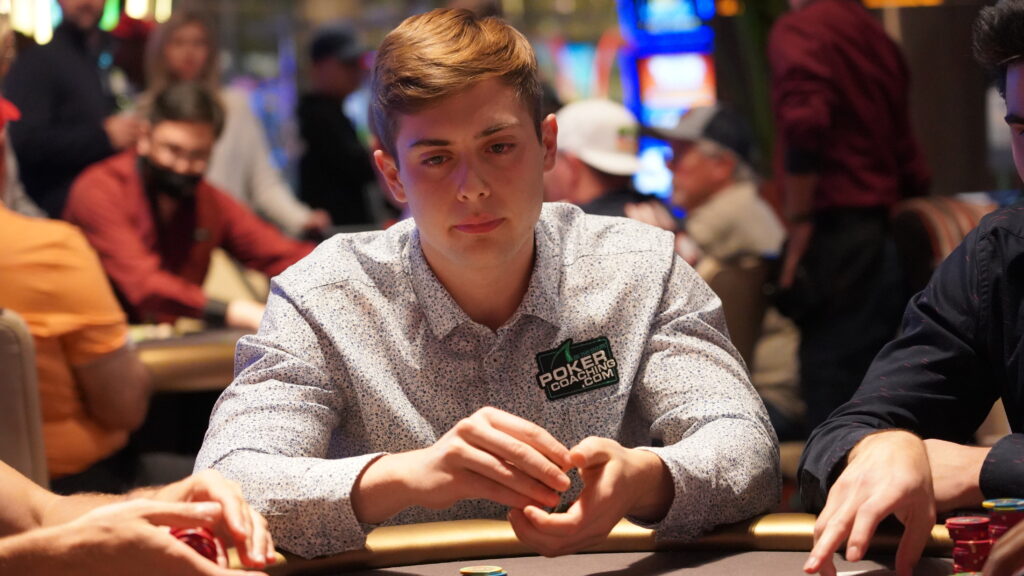
Frankie from Next Gen Poker excels at punishing maniacs in wild cash games.
Loose Passive Poker Playing Style – Calling Station
The exact opposite of a TAG player is a loose passive player, commonly referred to by the poker community as a calling station.
Calling stations are the players you enjoy playing the most, as they typically don’t play very aggressively, even when they have a big hand.
On the other hand, as the name suggests, a calling station is very likely to call your bets even with very mediocre holdings, hoping to catch a card on future streets, but without any intention to bluff you.
In most cases, you can be very confident in folding anything but the strongest of hands against a calling station’s bet, as these players hardly ever bluff and usually just call bets with anything but the nuts.
When playing against a calling station, you will want to make a lot of big value bets, even with marginal hands like second pair, and set the price you are willing to play for with the hand you have, as they will rarely raise you or put you in a difficult situation.
These days, there are fewer and fewer calling stations playing online poker, but you will still run into players of this profile in many live poker games.
Tight Passive Poker Playing Style – Nit
Players who are both tight and passive are often referred to as nits or rocks, and they are almost as easy to play against as calling stations, although they give up a lot less value.
Unlike a calling station who plays a lot of hands and calls a lot of bets and raises, a nit hardly ever plays hands, and when he does, he doesn’t play them very aggressively.
A nit will occasionally play a hand super aggressive, making big bets and raises, but in these scenarios, he will almost always have the stone-cold nuts.
Playing against nits can be a bit frustrating, as they will fold 9 out of 10 of their hands and only play when they have a hand so superior to yours that it will be hard to beat them.
Still, you should not have too much trouble playing against such players. You will do well to stay out of their way in most cases and run occasional bluffs since they are not going to significantly overfold in most cases and only call with the best hands.
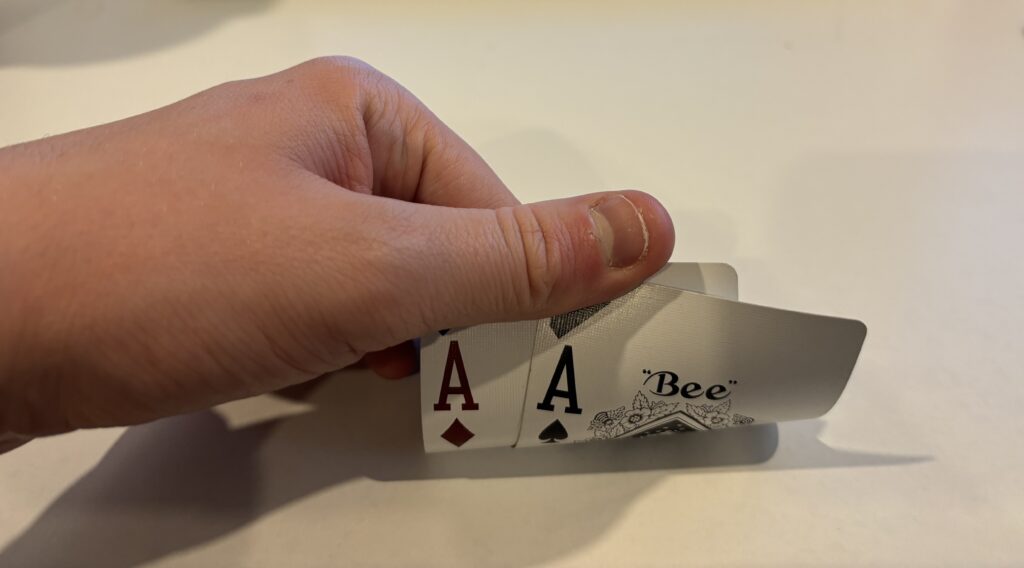
Nits are notorious for only playing the best hands.
Modern GTO Poker Playing Style
In today’s poker games, you will encounter more and more players who are trying to mimic poker solvers and play a “game theory optimal” style of poker, which is a perfectly balanced playing style created by computers.
Of course, it is not possible to play truly GTO as our brains are not computers, but many players are spending hundreds of hours working with solvers and trying to memorize as many of their outputs as possible.
GTO players are extremely hard to play against as they balance their ranges in ways that make them very hard to exploit, regardless of your strategy.
If you do have to play against GTO “wizards,” you would do well to try and play somewhat of a balanced strategy yourself and not deviate from it too much, as any big deviations made against a GTO strategy will cost you in the long run.
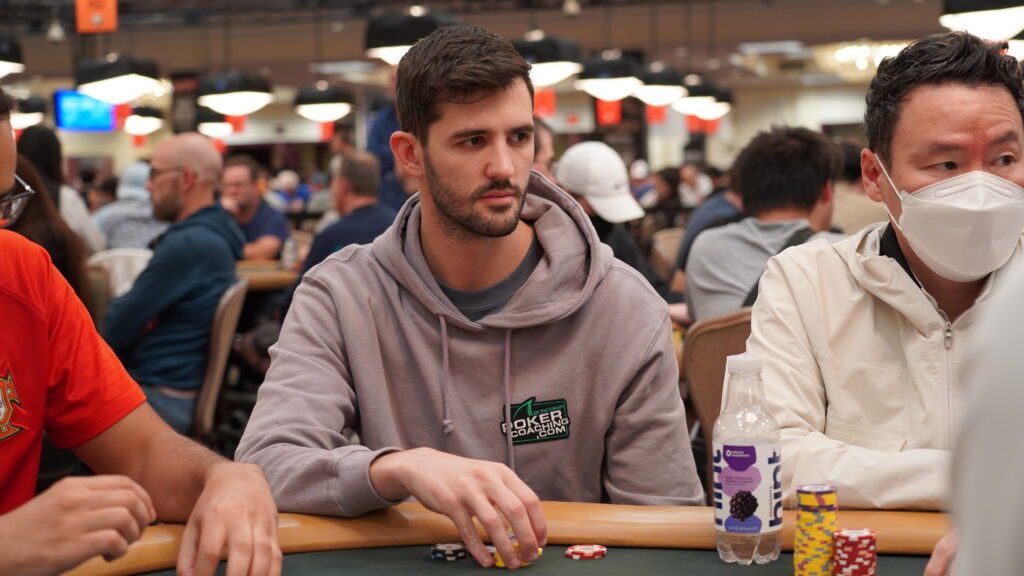
PokerCoaching.com coach Justin Saliba has won two WSOP bracelets using a GTO play style.
What’s the Best Playing Style Today?
The best poker playing style and strategy differ from one game to the next, and the best players know how to adjust to their tables and make the most of any situation.
Learning how to play a GTO poker strategy and mimic the solvers to some degree is a smart move to make in this day and age, as this strategy will work well against just about anyone.
However, if you want to truly optimize your profits, game selection and finding poker tables where players play weaker styles like LAG, calling station, and nits are preferable, as your win rates against such players will be much higher.
Regardless of your playing style, make sure to study the different playing styles players apply in their game and keep exploring ways of exploiting these strategies to maximize your profits and make every hour you play poker worth that much more.
